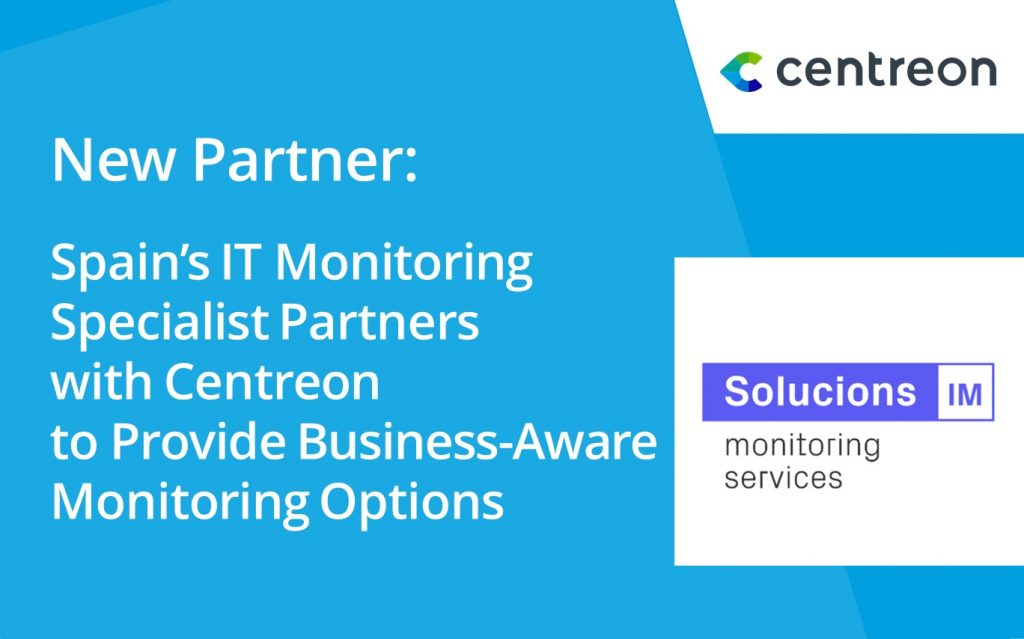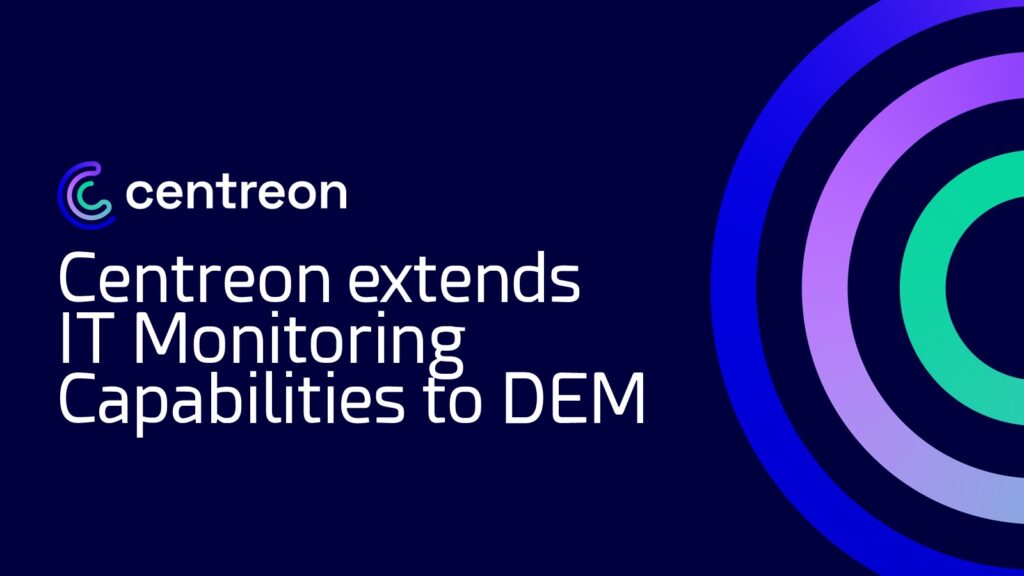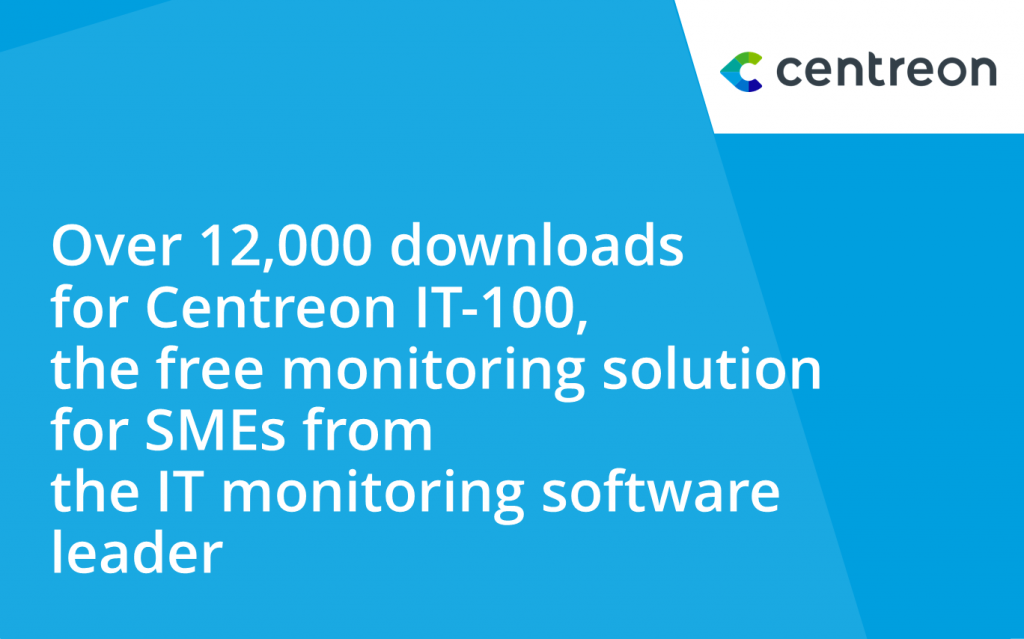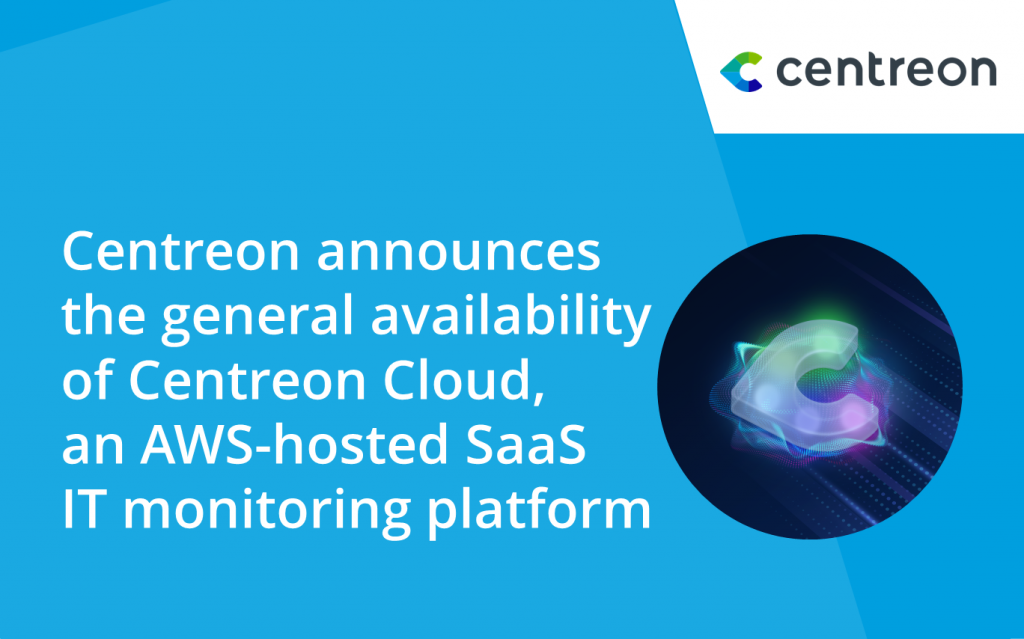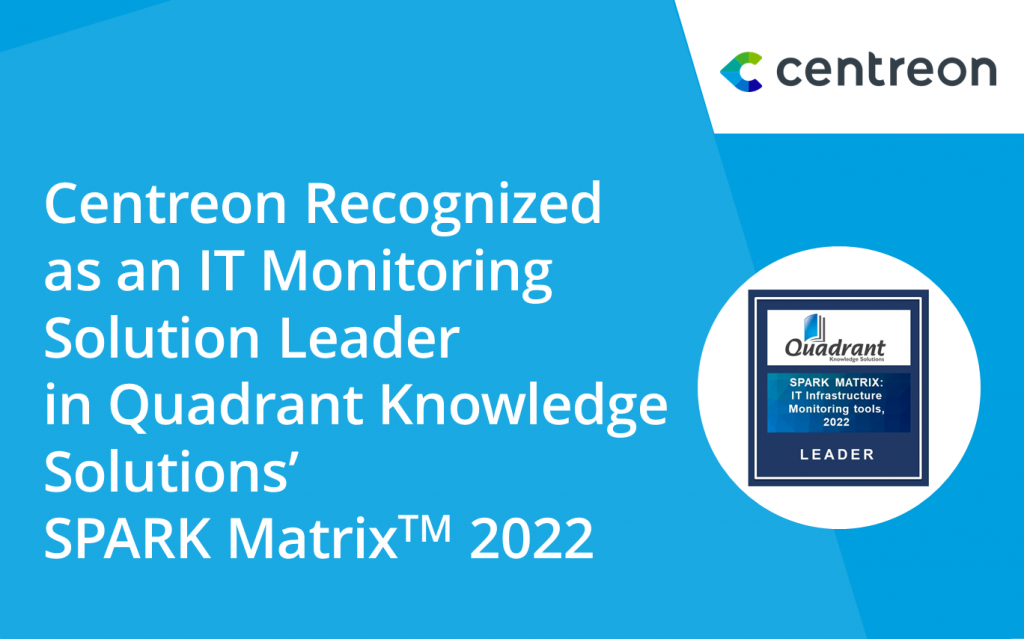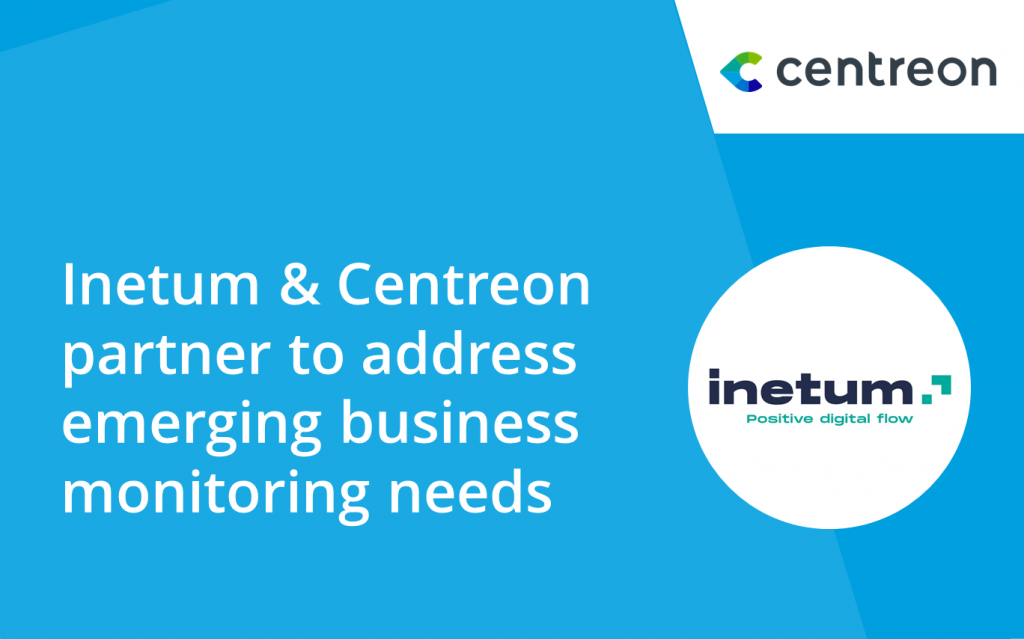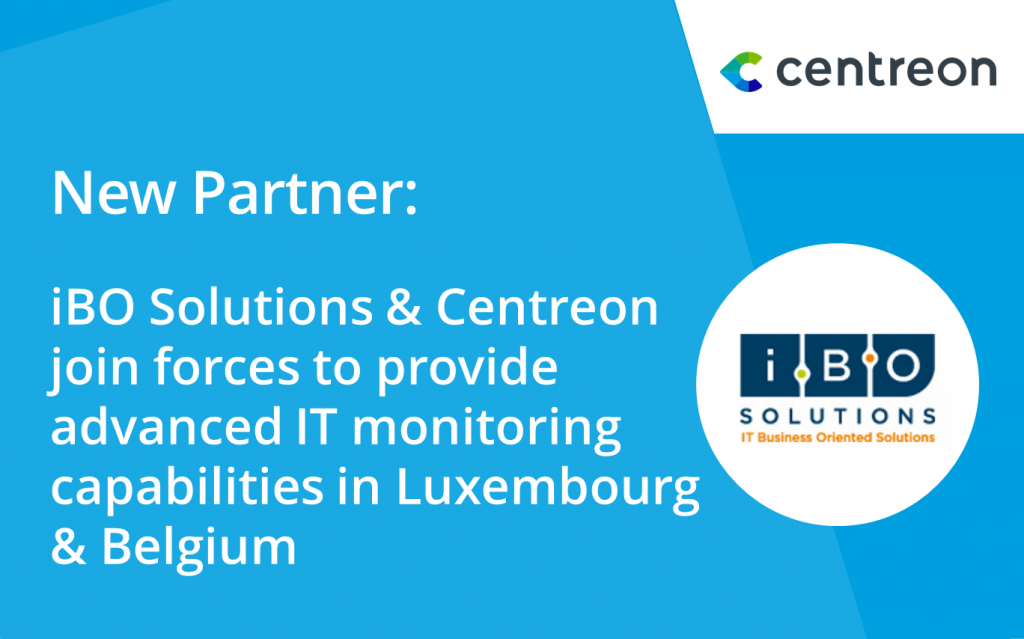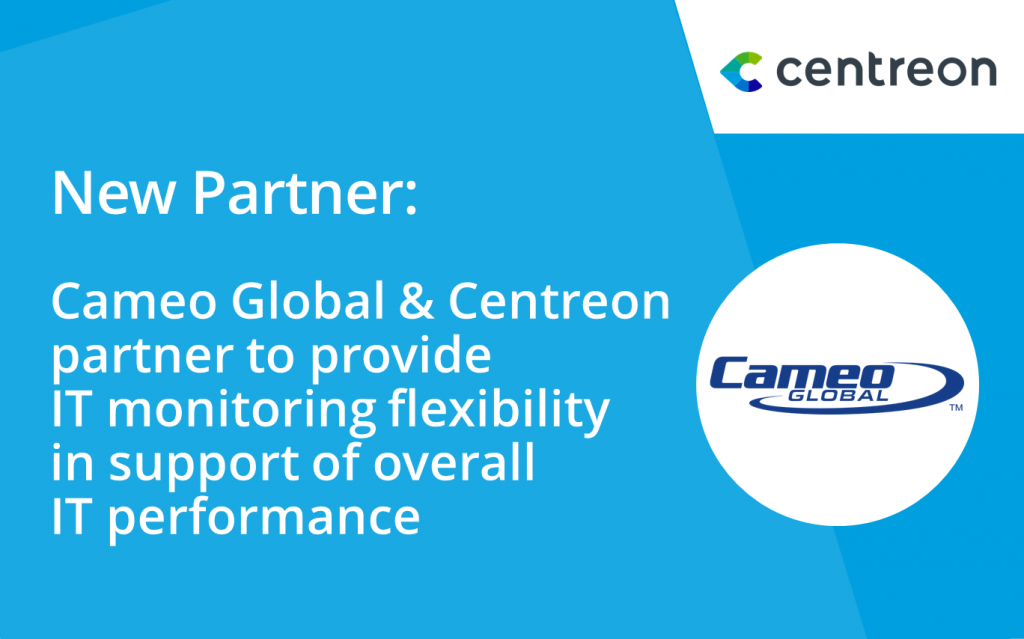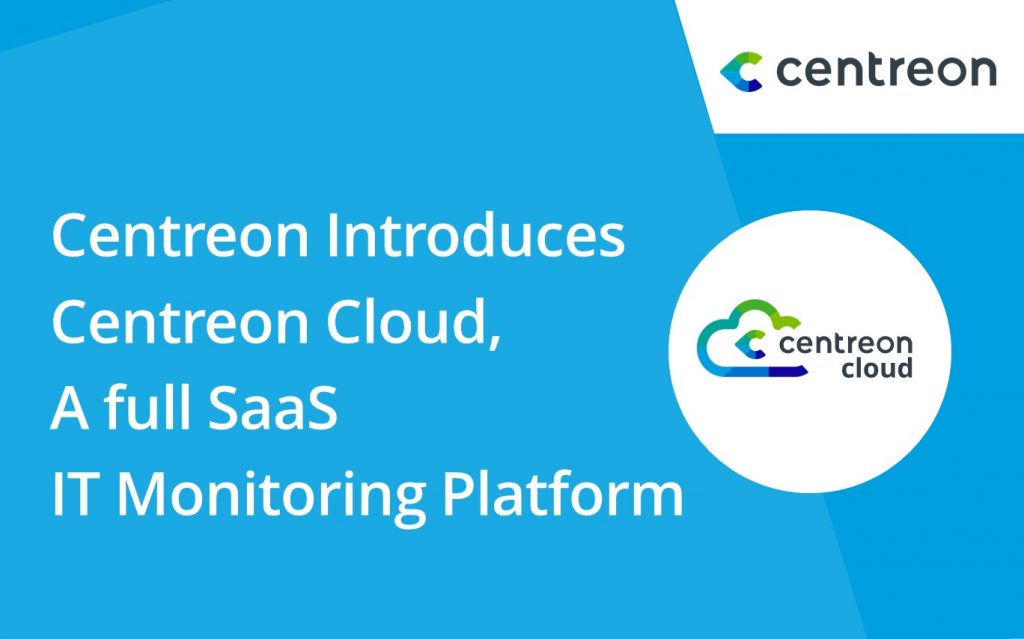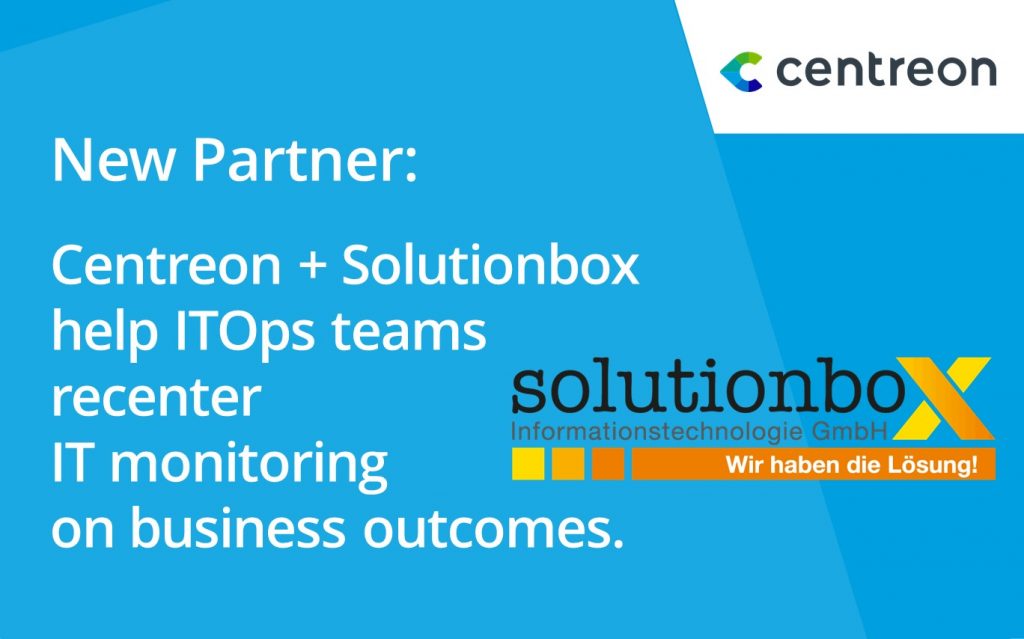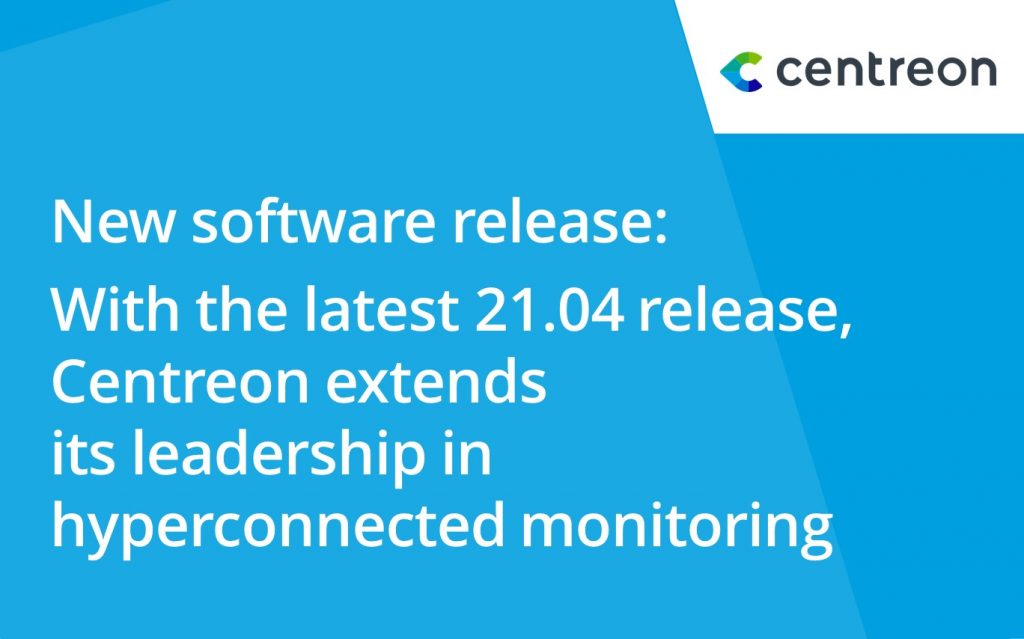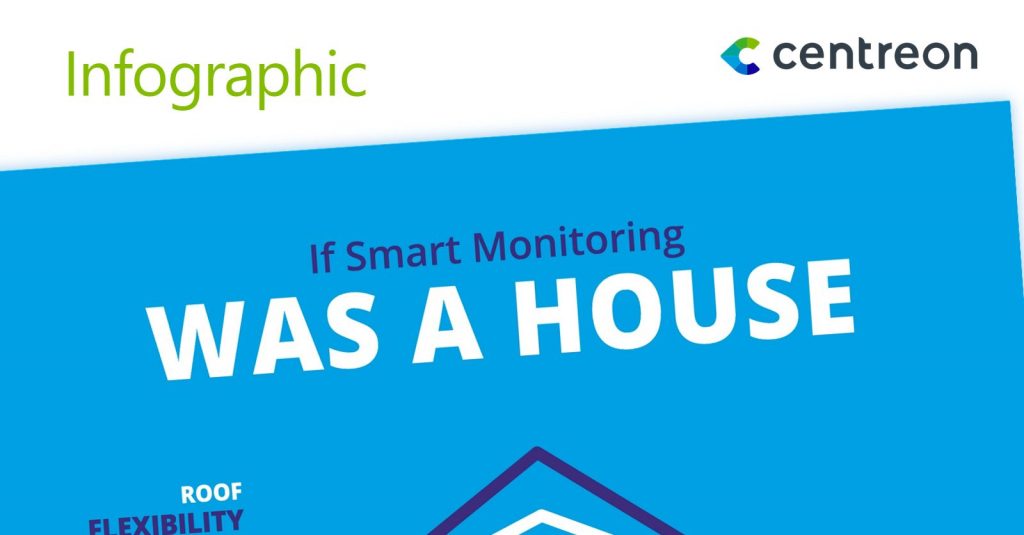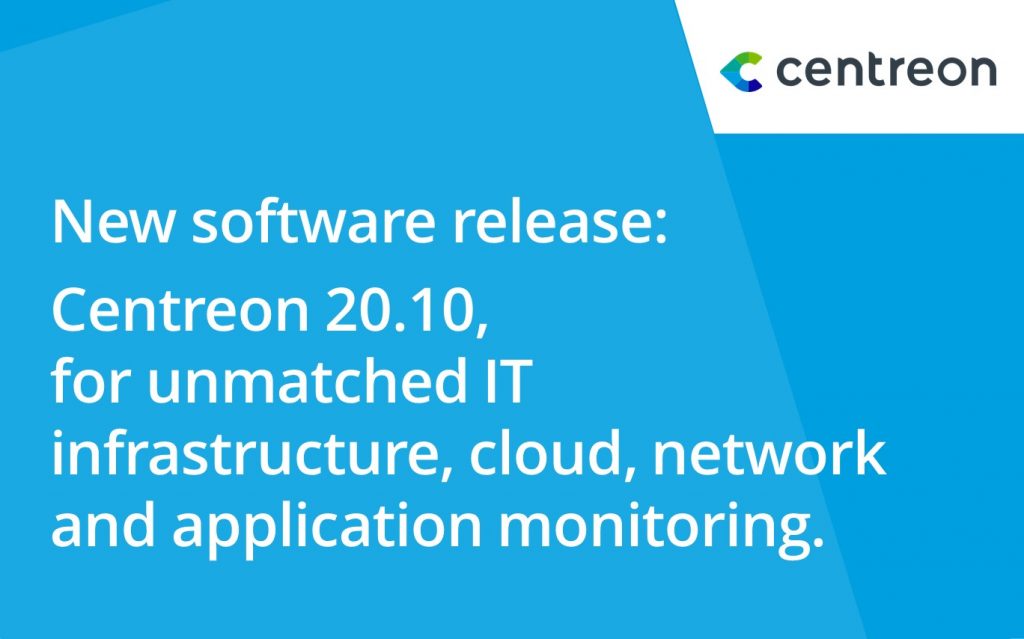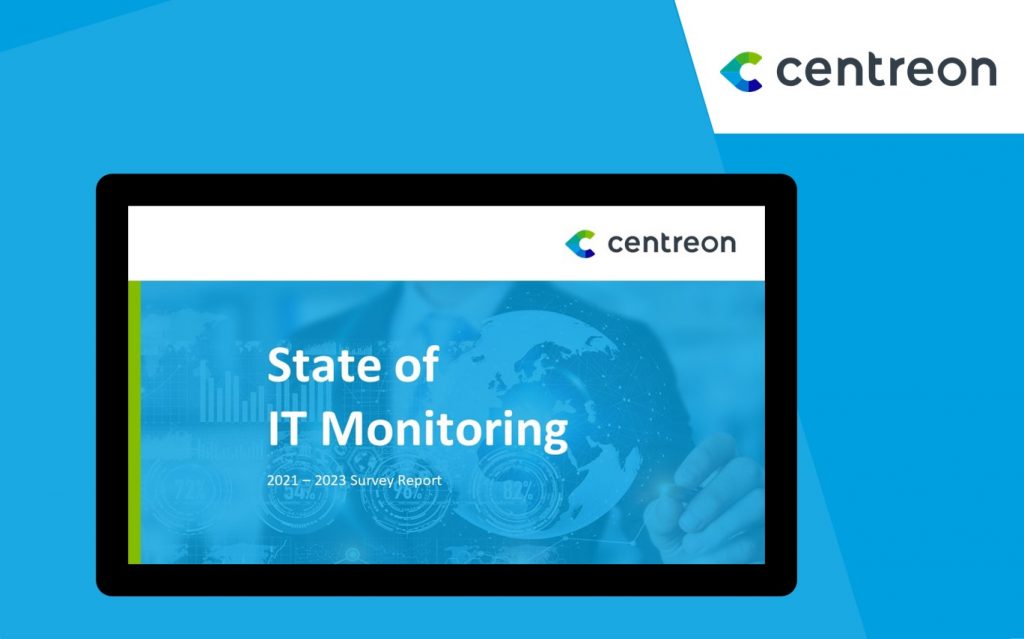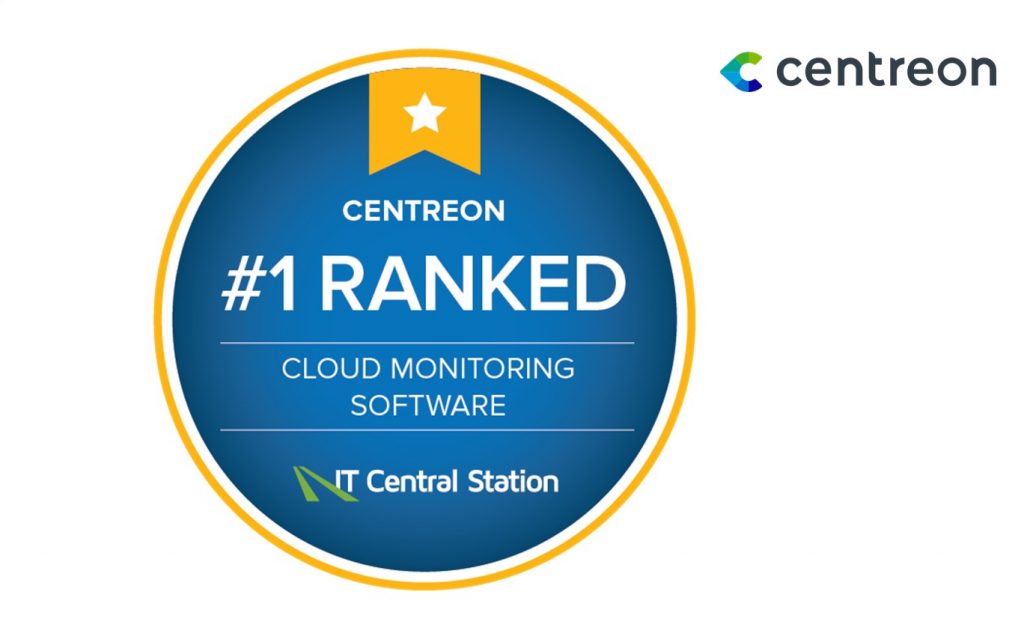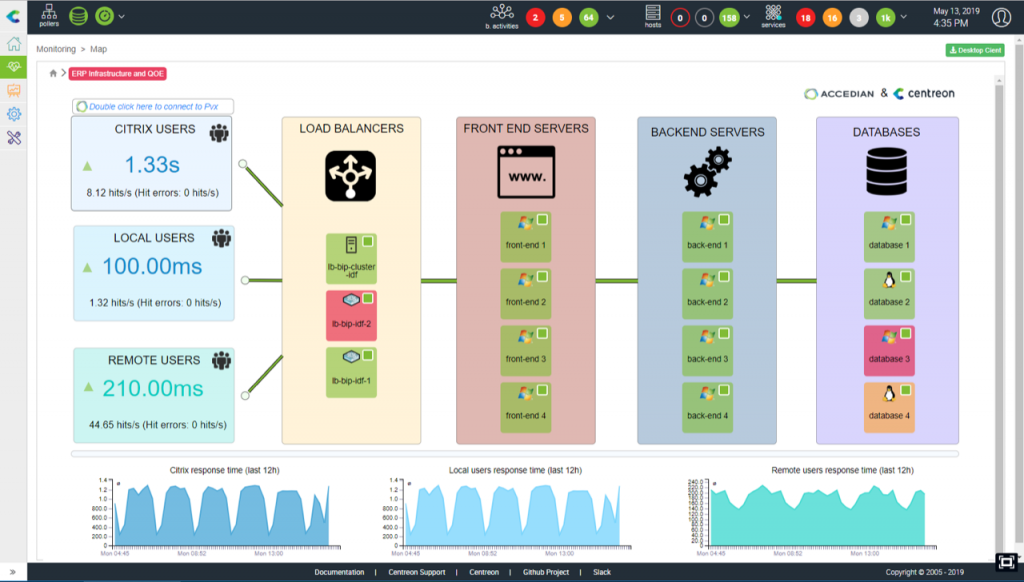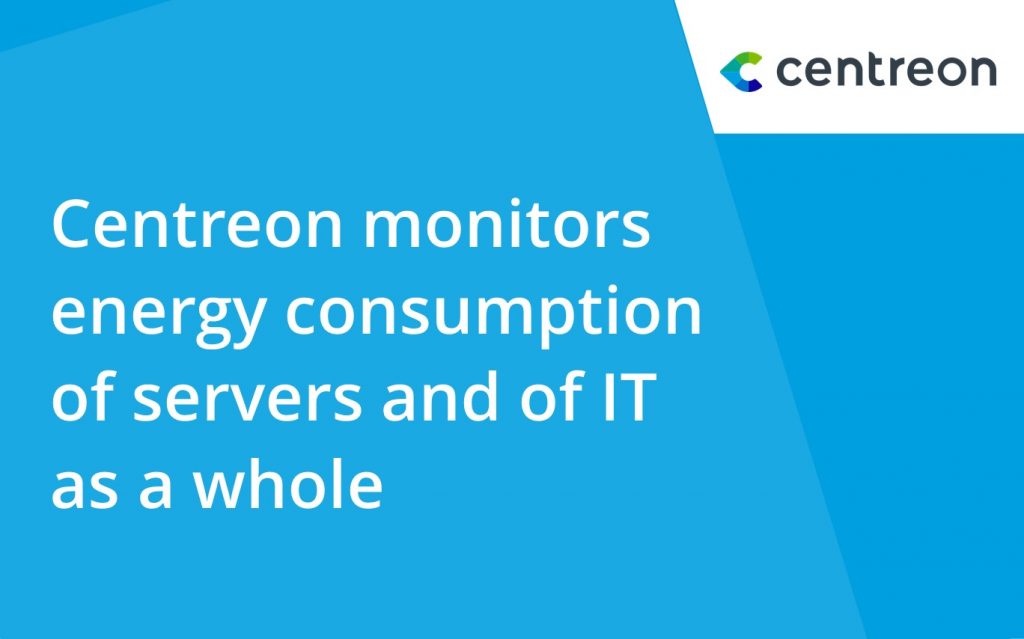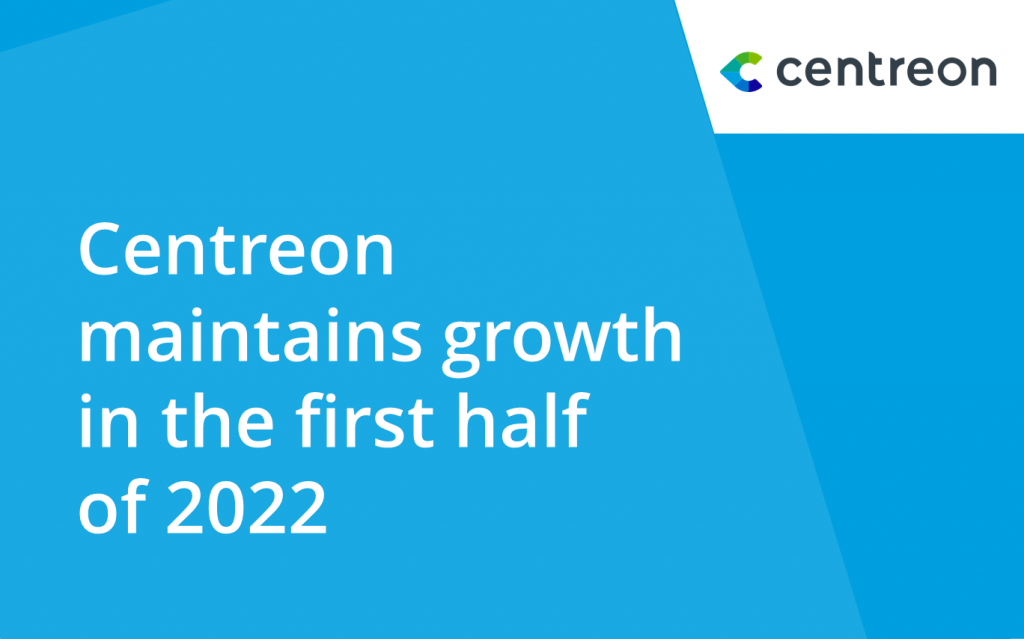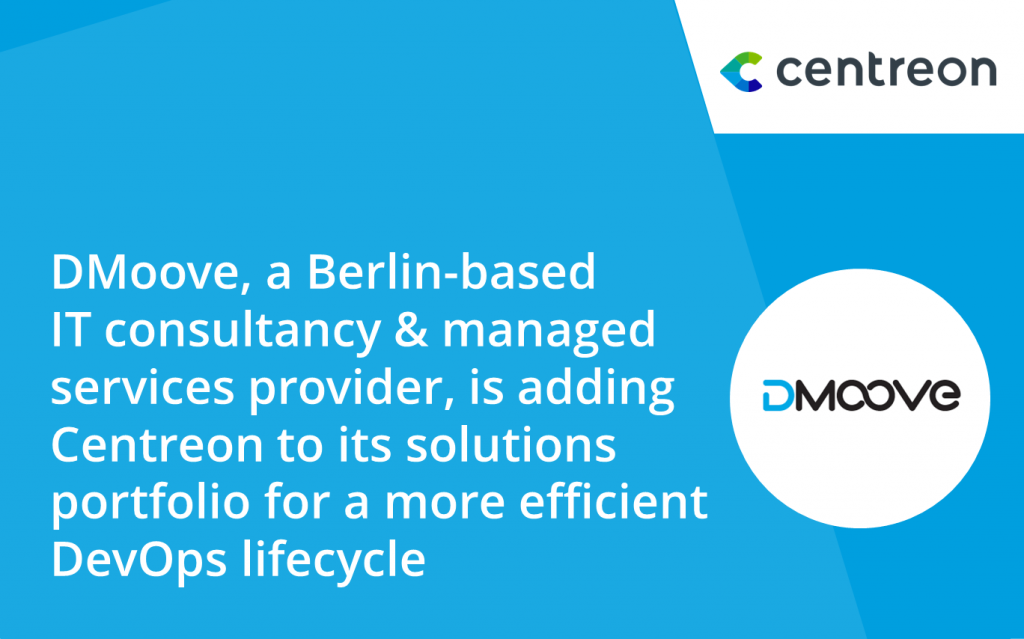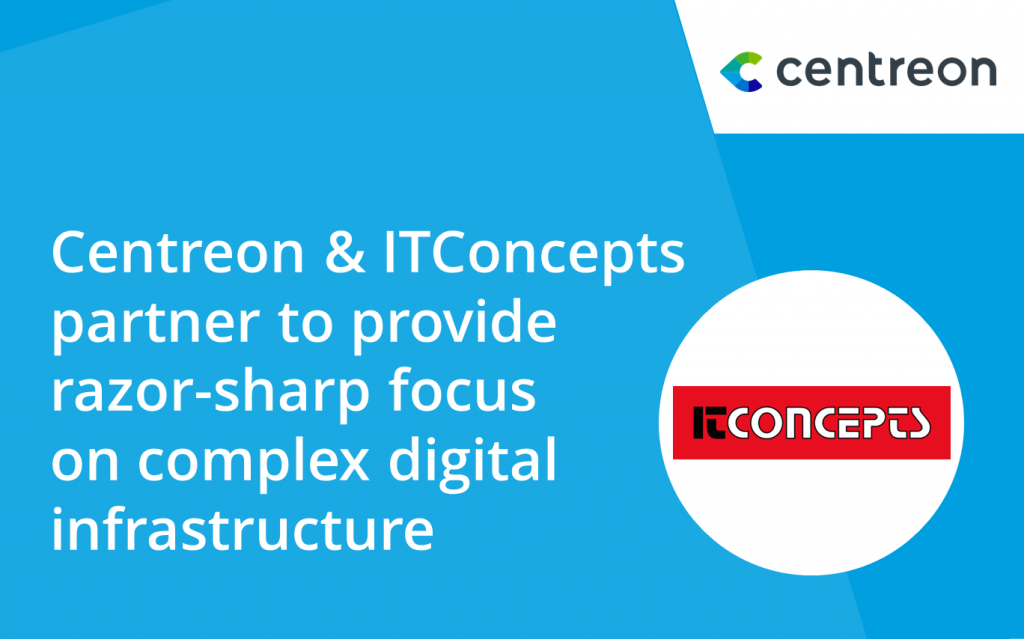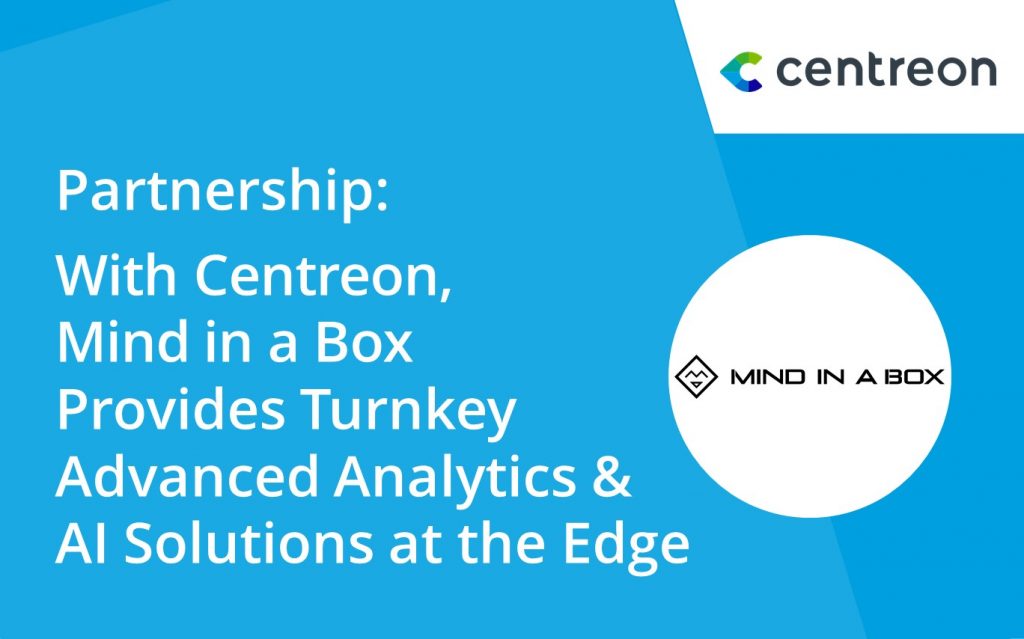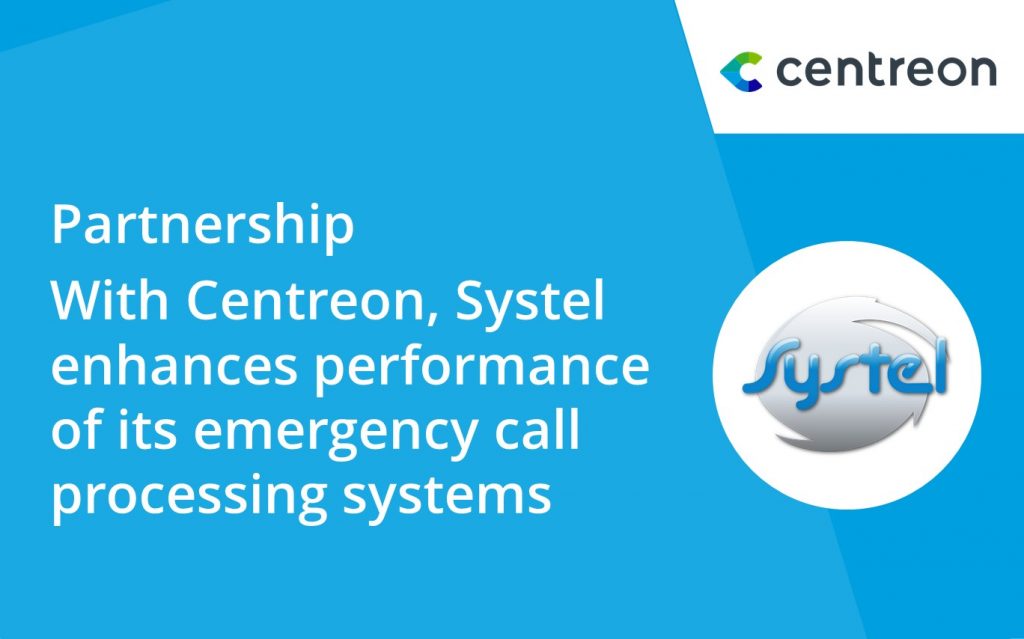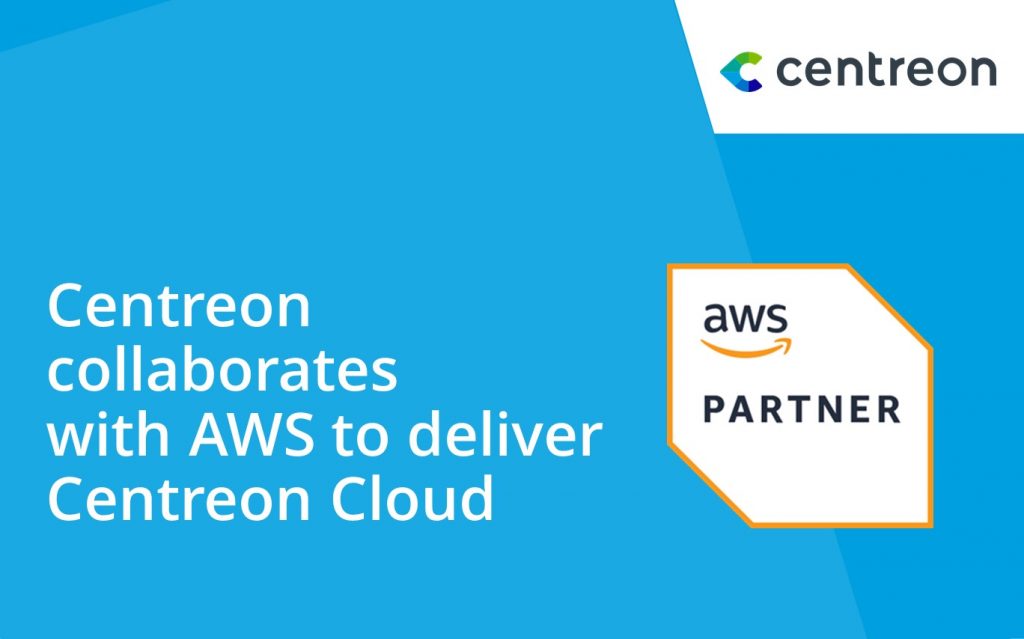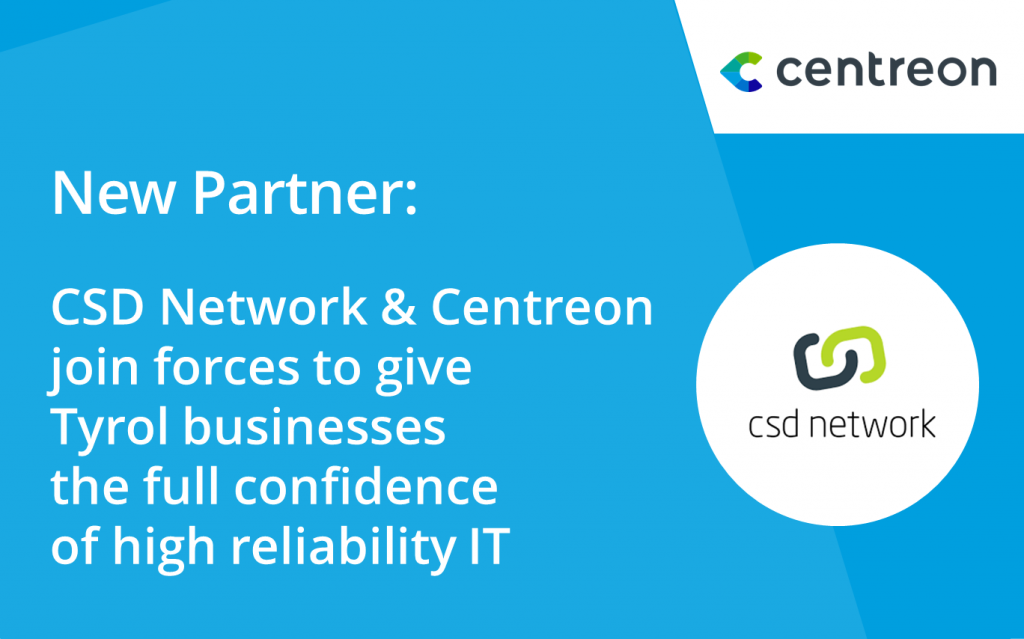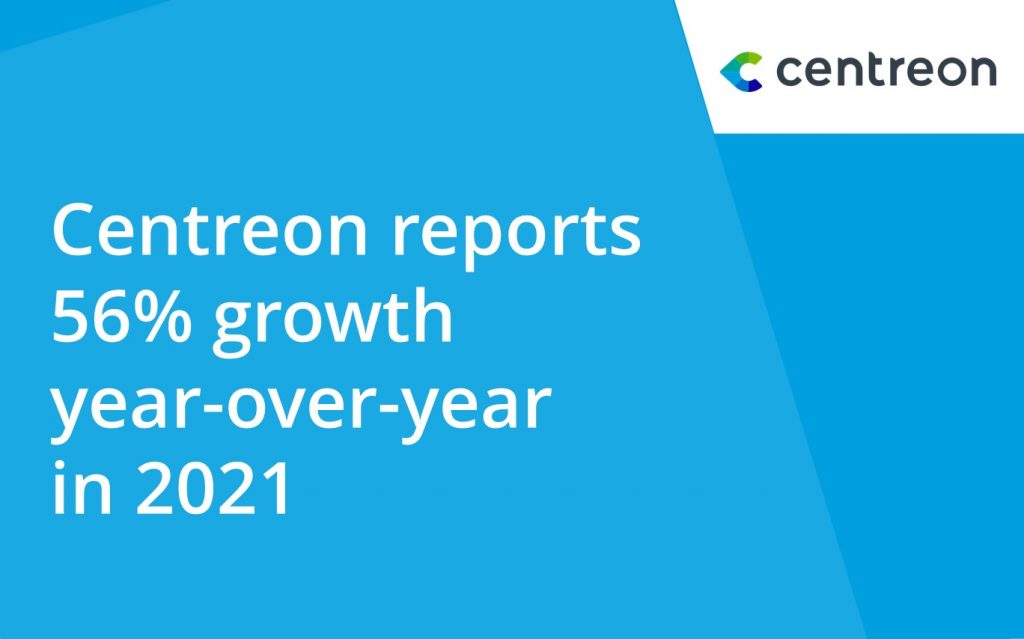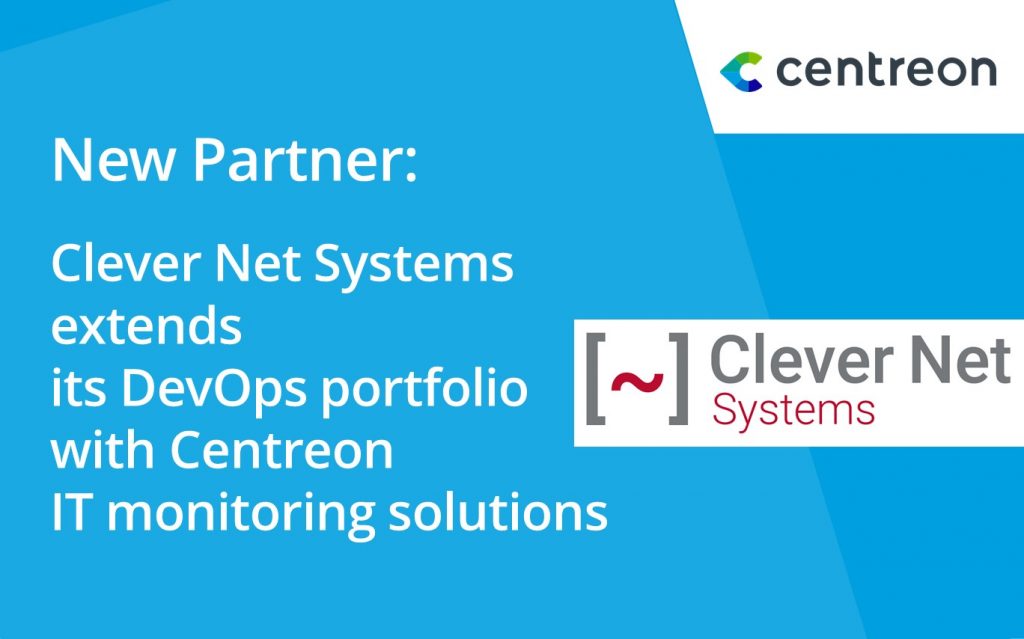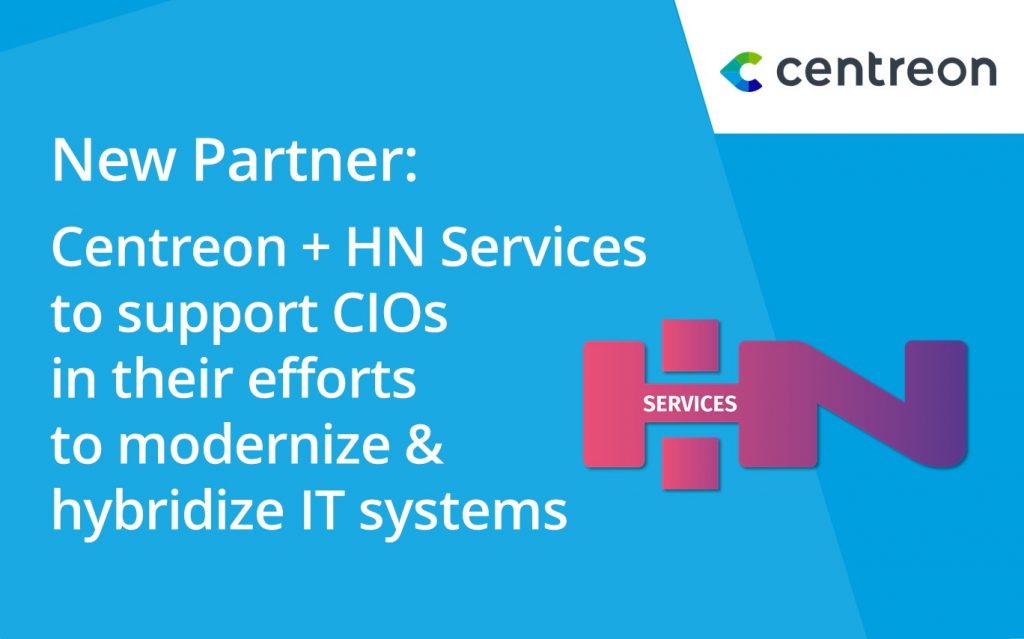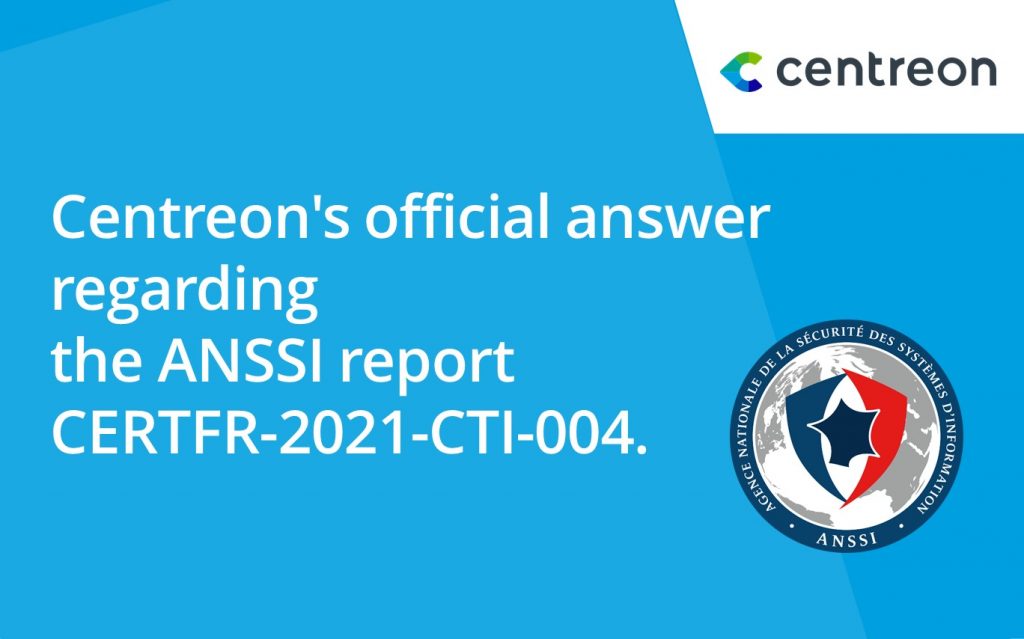Business-Aware IT Monitoring
Back to glossaryWhat is Business-Aware IT Monitoring?
Business-Aware IT Monitoring is an advanced approach to IT monitoring that aligns IT performance with critical business processes and objectives. Unlike traditional IT monitoring, which focuses on tracking the technical performance of infrastructure components like servers, networks, and applications, Business-Aware IT Monitoring takes a holistic view, focusing on how IT systems directly impact business operations and outcomes. This approach provides insight into the relationships between IT performance and key business indicators such as revenue generation, customer satisfaction, and operational efficiency.
Business-Aware IT Monitoring allows organizations to shift from reactive IT management to proactive, business-driven decision-making. By understanding the direct link between IT services and business processes, companies can prioritize IT operations and resources based on their impact on business performance. This method empowers organizations to minimize downtime in mission-critical applications, optimize system performance for key business functions, and reduce overall operational risks.
Key Components of Business-Aware IT Monitoring
- Business-Centric KPIs (Key Performance Indicators)
Traditional IT monitoring tracks metrics like uptime, CPU usage, and network traffic. Business-Aware IT Monitoring, on the other hand, focuses on business-centric KPIs. These metrics directly link IT performance to business outcomes, such as transaction processing times, order fulfillment rates, and customer satisfaction scores. This approach allows IT teams to measure how well their systems support the company’s business goals and identify areas where technology can be improved to better serve those objectives. - Integration with Business Processes
A crucial element of Business-Aware IT Monitoring is integrating IT systems with core business processes. For example, monitoring the availability of an e-commerce platform or the performance of a CRM system directly impacts sales and customer engagement. IT departments can map out the key business processes that depend on IT services and applications, allowing them to ensure optimal system performance in the areas most critical to business success. - Real-Time Monitoring and Alerts
Business-Aware IT Monitoring relies heavily on real-time data collection and analysis. By continuously tracking how IT services are performing and correlating them with business processes, organizations can receive real-time alerts about potential disruptions before they significantly affect business operations. For example, if a critical application that supports financial transactions experiences slowdowns, the system can alert IT and business stakeholders immediately so they can take action to minimize any negative impact on revenue. - Prioritization Based on Business Impact
In Business-Aware IT Monitoring, not all issues are treated with the same urgency. Instead, problems are prioritized based on their potential impact on the business. For instance, a delay in processing customer orders would take precedence over a less critical system failure. This prioritization allows IT teams to allocate resources more effectively, ensuring that the most important business processes are safeguarded against technical issues. - End-to-End Visibility
Business-Aware IT Monitoring provides end-to-end visibility into the entire IT landscape, offering insights into how individual components, from networks to applications, contribute to the performance of critical business operations. This visibility helps organizations identify bottlenecks, optimize workflows, and ensure that the technology infrastructure is aligned with business needs. - Analytics and Reporting
With advanced analytics and reporting tools, Business-Aware IT Monitoring helps organizations gain deep insights into how IT performance correlates with business outcomes. By leveraging this data, companies can make informed decisions, optimize resource allocation, and drive continuous improvement across both IT and business operations.
Benefits of Business-Aware IT Monitoring
- Enhanced Decision-Making
By connecting IT performance data with business KPIs, decision-makers gain better insights into how technology supports their business objectives. This enables them to make more informed, data-driven decisions and align IT investments with business goals. - Increased Operational Efficiency
With a clear view of how IT systems affect business processes, organizations can identify inefficiencies and bottlenecks. Business-Aware IT Monitoring enables IT teams to streamline operations, reducing system downtime and enhancing productivity. - Improved Customer Satisfaction
By monitoring systems that directly impact customer-facing processes, such as online platforms or customer service systems, organizations can ensure a better customer experience. Faster problem resolution and improved system reliability lead to higher customer satisfaction and loyalty. - Proactive Issue Resolution
Real-time alerts and a focus on business-critical systems allow organizations to address potential problems before they disrupt operations. Business-Aware IT Monitoring helps reduce downtime and ensures business continuity by enabling proactive issue detection and resolution. - Better Alignment of IT and Business Goals
With Business-Aware IT Monitoring, IT departments can align their efforts with the company’s broader strategic objectives. This fosters better collaboration between IT and business teams, improving communication and ensuring that technology investments deliver maximum value.
Challenges in Implementing Business-Aware IT Monitoring
- Complexity of Integration
Integrating IT systems with business processes requires a deep understanding of how each application or service contributes to the overall business. This can be complex, particularly in large organizations with multiple systems and departments. - Data Overload
Business-Aware IT Monitoring can generate vast amounts of data. Without the right tools for filtering and analyzing this information, it can be difficult for teams to extract actionable insights and prioritize issues. - Cost and Resource Allocation
Implementing Business-Aware IT Monitoring may require significant investment in new tools, training, and resources. Organizations need to weigh the costs of implementation against the potential benefits, ensuring that the system delivers a strong return on investment.
Conclusion
Business-Aware IT Monitoring is a powerful strategy that enables organizations to link IT performance with critical business outcomes. By prioritizing IT operations based on their impact on business processes, this approach improves decision-making, increases operational efficiency, and enhances customer satisfaction. Although the integration and implementation of Business-Aware IT Monitoring can present challenges, the benefits far outweigh the costs, making it an essential component of modern IT management.
Pages linked on this
Ready to see how Centreon can transform your business?
Keep informed on our latest news



